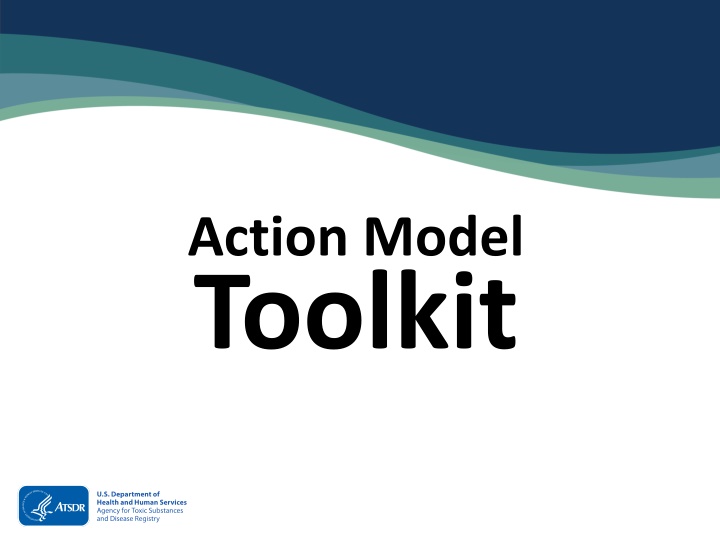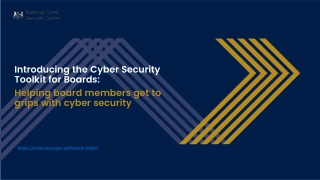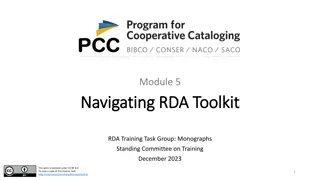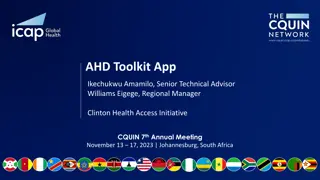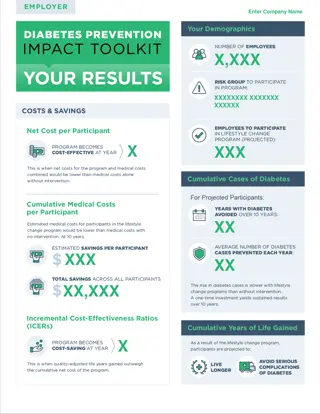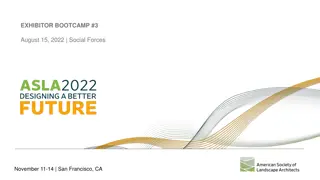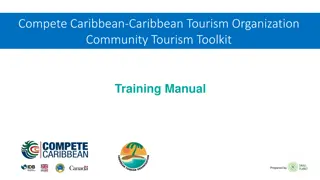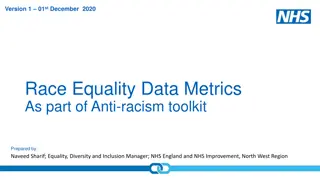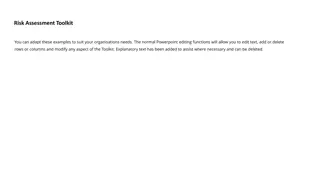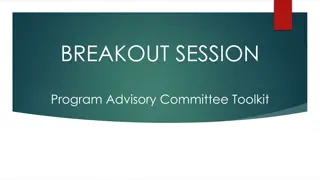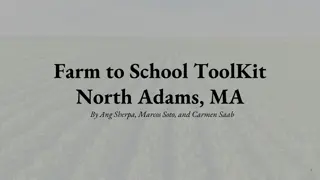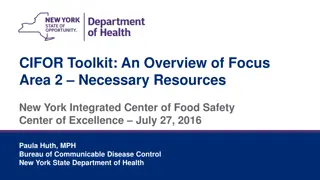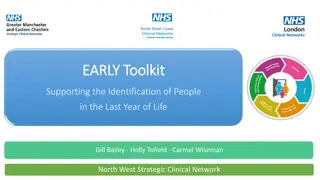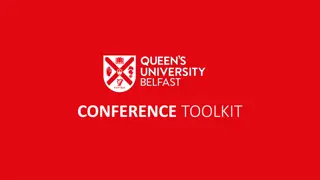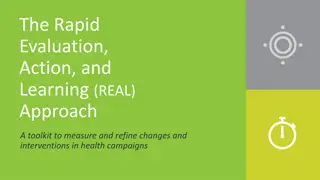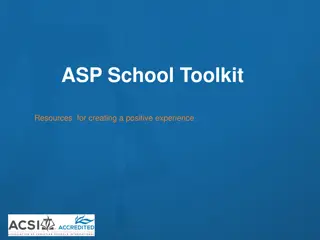Empower Your Community with the Action Model Toolkit
ATSDR's Action Model Toolkit is a grassroots tool aimed at empowering communities to identify and address local issues such as lack of parks, safety concerns, and abandoned buildings. By following the 4-step Action Model process, communities can work together to make lasting improvements in health, safety, and quality of life. The toolkit helps in improving physical and mental health, cleaning up the environment, and fostering education and economic growth through initiatives like community gardens and revitalizing abandoned spaces.
Download Presentation

Please find below an Image/Link to download the presentation.
The content on the website is provided AS IS for your information and personal use only. It may not be sold, licensed, or shared on other websites without obtaining consent from the author.If you encounter any issues during the download, it is possible that the publisher has removed the file from their server.
You are allowed to download the files provided on this website for personal or commercial use, subject to the condition that they are used lawfully. All files are the property of their respective owners.
The content on the website is provided AS IS for your information and personal use only. It may not be sold, licensed, or shared on other websites without obtaining consent from the author.
E N D
Presentation Transcript
Action Model Toolkit
What is the Action Model? The Agency for Toxic Substances and Disease Registry (ATSDR) created the ATSDR Brownfields/Land Revitalization Action Model as a tool to help people make changes where we live like fixing up old buildings or cleaning up empty lots. By teaming up with other people in our Development Community like neighbors, officials, developers, and community supporters we can work together to make lasting improvements in our community.
What are the problems in our community? What s having a negative impact on the health, safety, or happiness of people in our neighborhood, town, or city? In other communities, people say things like: We don t have a park, so there s no place for kids to play. The sidewalks are all broken up, so older people can t walk anywhere. We have 3 abandoned buildings on my block, and I don t feel safe anymore.
Make a difference. Since you re here, you probably want to do something about problems like these. You want to make real, lasting change. The Action Model is a grassroots tool for people like us. We can use it to form a plan to improve health and quality of life, reduce risks, and boost pride in our community.
Improve your community. We turned an abandoned lot into a community center and a park. We were in a food desert, so we started our first community garden. We rebuilt some crumbling buildings and brought in new businesses and jobs.
The Action Model is simple. It has 4 steps. They re questions that we ll ask ourselves today and answer together. 1. What are the issues in the community? 2. How can development address these issues? 3. What are the corresponding community health benefits? 4. What data are needed to measure change?
How will the Action Model help? Health Improving physical health (like forming walking clubs or building trails to boost physical activity) and mental health (like offering services to lower stress). Environment Getting rid of harmful substances and cleaning up the air, water, and land around us.
How will the Action Model help? Education and economy Bringing in new businesses and building schools. Safety and security Preventing accidents, raising confidence, and lowering crime. A completed Action Model can also be a powerful tool to get funding for our project. We can show groups that offer grants exactly what we want to accomplish and how.
Take control of redevelopment. Sometimes, redevelopment (which can mean tearing down old buildings and putting up new ones) can have a bad effect on a neighborhood if the people who live there don t get a say in the process. Using the Action Model will give our community a voice in redevelopment. We can make sure any changes will really benefit our community.
Work as a team. Everyone in this room already knows some of the problems affecting our community. We can work together as a team the Development Community to create an Action Model plan that will help solve them. Redevelopment with the Action Model is transforming neighborhoods, towns, and cities across the country. And it always starts with a few passionate, dedicated people like you.
Lets take action! Now, let s get started. What are the biggest problems in our community and how do we want to fix them?
